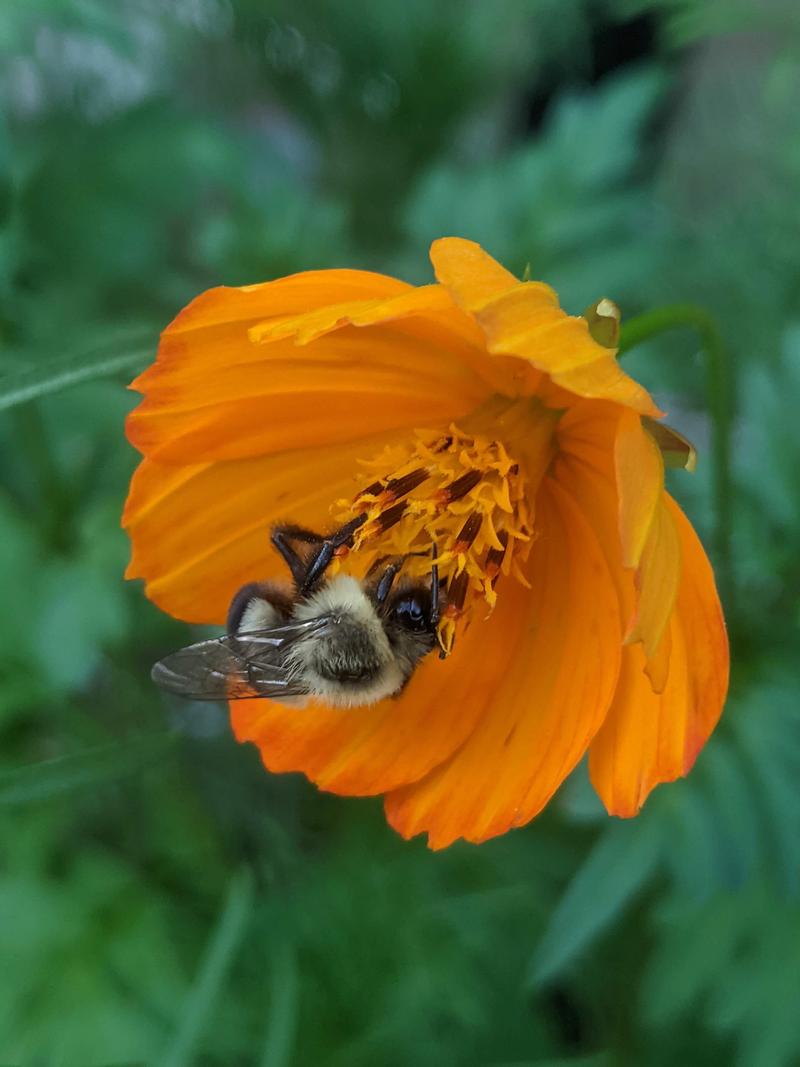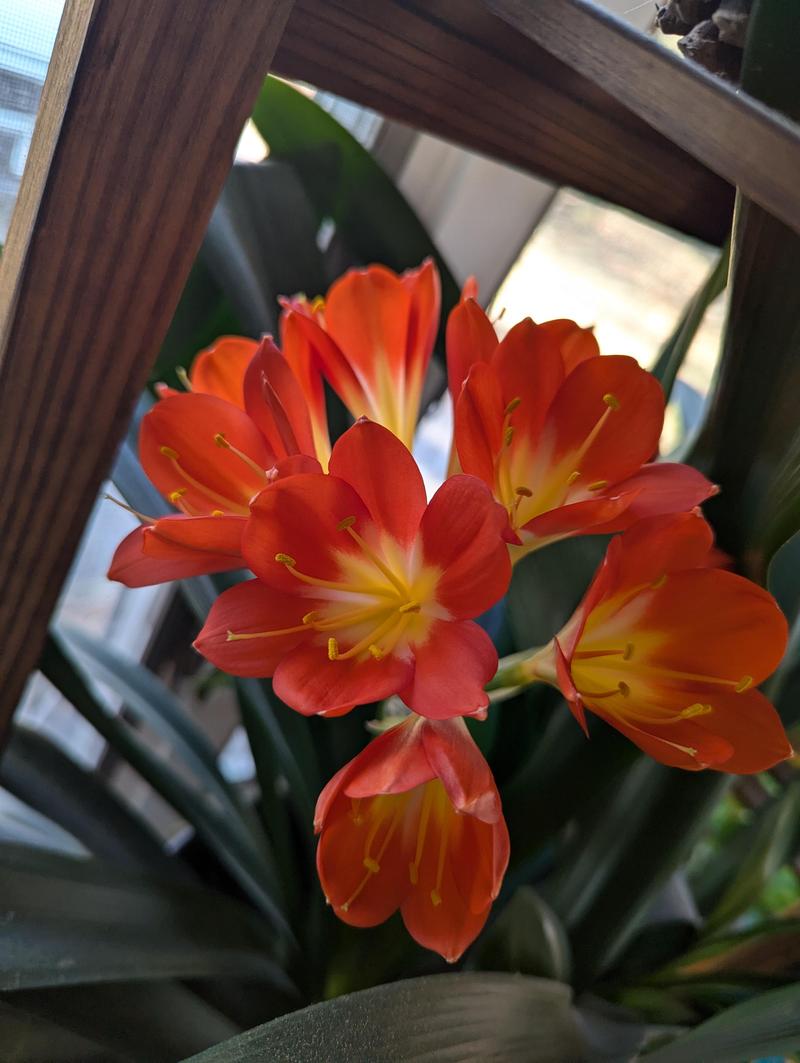Botany
“De Materia Medica”, compiled in the 1st century by Greek physician Dioscorides, remains one of the earliest comprehensive texts on the medicinal properties of plants. From ancient herbals and the symbolic flora of mythology, to the microscopic breakthroughs of modern plant science, the study of botany has long shaped how we understand life on Earth. In this wing, we explore the deep roots and ever-branching growth of humanity’s relationship with the plant kingdom.

|

|
Burrs #
With their tiny hooks and barbs, burrs are nature’s master hitchhikers - ingeniously evolved to cling to fur, feathers, and clothing in a bid to spread far and wide. These small, often-overlooked seeds and pods use mobility not through motion, but by catching a ride. Their strategy is ancient, effective, and surprisingly influential: the burr-inspired design of Velcro in the 20th century is just one example of how closely human innovation can be inspired by nature’s designs. In this exhibit, we examine the structure, function, and surprising legacy of burrs, from their ecological roles to their unexpected impact on material sciences.
Samples: Agrimony (likely “Common Agrimony”)
-
 PXL_20250711_221839897
PXL_20250711_221839897
-
 PXL_20250711_221851541
PXL_20250711_221851541
-
 PXL_20250711_221919251
PXL_20250711_221919251
-
 PXL_20250711_222104447
PXL_20250711_222104447
-
 PXL_20250711_222119903
PXL_20250711_222119903
Lady Slippers #
Named for their distinctive pouch-shaped blooms, Lady’s Slippers are native orchids that have long captured human fascination. Their unusual form composed of a petal folded like a slipper evolved to guide pollinators into a precise exchange of pollen, a delicate partnership between plant and insect.
In North America, species such as the pink and showy lady’s slipper were once common in cool, shaded forests. During the 19th and early 20th centuries, they became sought after for gardens and bouquets, leading to overcollection and habitat loss. Because these orchids depend on specific soil fungi to germinate and grow, many wild populations never recovered.
Milkweed #
With their silky filaments and buoyant fluff, milkweed seeds are nature’s aerial voyagers, crafted to ride the wind in a graceful drift that carries life far beyond the parent plant. Each seed comes equipped with a parachute-like tuft, allowing it to float across fields, rivers, and roads, settling wherever chance delivers it. Their strategy is both delicate and resilient, ensuring survival through dispersal. Beyond their ecological brilliance, milkweed has woven its way into human history: its fibers were once harvested for textiles and even used as buoyant filling in life jackets during wartime. In this exhibit, we document this remarkable and important plant which has been key to sustaining monarch butterflies as well as its many other uses.
-
 PXL_20250603_145742359
PXL_20250603_145742359
-
 PXL_20250603_145816904
PXL_20250603_145816904
-
 PXL_20250603_145820263
PXL_20250603_145820263
-
 PXL_20250603_153223440
PXL_20250603_153223440
-
 PXL_20250603_153227033
PXL_20250603_153227033
-
 PXL_20250603_153239993
PXL_20250603_153239993
-
 PXL_20250726_133546748
PXL_20250726_133546748
-
 PXL_20250726_133602080
PXL_20250726_133602080
-
 PXL_20250726_133617118
PXL_20250726_133617118
-
 PXL_20250726_133636618
PXL_20250726_133636618
-
 PXL_20250726_133648286
PXL_20250726_133648286
-
 PXL_20250726_133651415
PXL_20250726_133651415
-
 PXL_20250726_133709853
PXL_20250726_133709853
-
 PXL_20250726_133744506
PXL_20250726_133744506
-
 PXL_20250726_134000454
PXL_20250726_134000454
-
 PXL_20250726_134018796
PXL_20250726_134018796
-
 PXL_20250726_134019563
PXL_20250726_134019563
-
 PXL_20250726_134028517
PXL_20250726_134028517
-
 PXL_20250928_115557344
PXL_20250928_115557344
-
 PXL_20250928_115715265
PXL_20250928_115715265
Did you know there are numerous species of milkweed?
Twelve Native Milkweeds for Monarchs
Princess Pines #
Known commonly as princess pine, these low, evergreen plants belong not to the pines at all, but to an ancient family of clubmosses (Lycopodium), one of Earth’s oldest lineages of vascular plants. Their ancestry stretches back more than 300 million years to the Carboniferous period, when relatives of today’s delicate stems grew as towering trees in the primeval forests that later formed much of the planet’s coal.
In North America, princess pine gained prominence not for its prehistoric roots, but for its ornamental use. By the 19th century, its bright green fronds were gathered in great quantities for winter garlands and holiday wreaths. Rural communities, especially in New England and the Great Lakes region, harvested the plant commercially, a practice that over time led to the decline of wild populations. Because Lycopodium grows slowly and reproduces primarily through spores, areas stripped of it could take decades to recover.




























